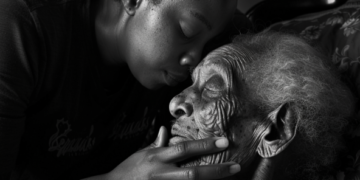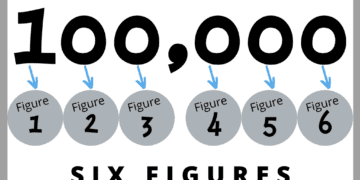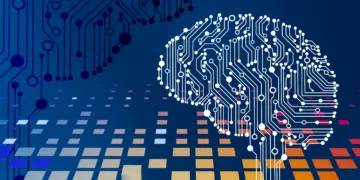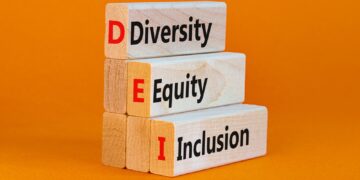“Dreams are illustrations from the book your soul is writing about you.” – Marsha Norman
Understanding Vivid Dreams: More Than Just Night-Time Stories
Have you ever experienced a dream so real that waking up felt like being pulled from another dimension? As someone who occasionally experiences these incredibly lifelike dreams, I’ve found myself increasingly fascinated by their power and meaning. What makes these dreams so vivid, and why do they leave such a lasting impression on our consciousness?
The Science Behind Vivid Dreams
Before we dive deeper into the emotional and spiritual aspects of vivid dreams, let’s understand what happens in our brains during these intense dream states. Research from the Sleep Foundation shows that vivid dreams typically occur during the REM (Rapid Eye Movement) stage of sleep, when our brain activity is remarkably similar to our waking state.
| Sleep Stage | Brain Activity | Dream Vividness | Common Experiences |
|---|---|---|---|
| Light Sleep | Moderate | Low | Brief, fragmented images |
| Deep Sleep | Low | Rare | Few remembered dreams |
| REM Sleep | Very High | High | Vivid, story-like dreams |
Vivid Dreams as Emotional Bridges
One of the most powerful aspects of vivid dreams is their ability to reconnect us with loved ones who have passed away. In my personal experience, these dreams often feature my mother, who passed away when I was nine years old, and my grandmother from my father’s side. These encounters feel more like visits than dreams, leaving me with a mix of joy and melancholy upon waking.
The Healing Power of Dream Visits
These dream encounters often serve multiple purposes:
- Processing grief and unresolved emotions
- Maintaining emotional connections with loved ones
- Finding comfort during difficult times
- Creating new memories in a safe space
The Reality-Dream Interface
What makes vivid dreams particularly fascinating is how they blur the lines between reality and imagination. Last night, I experienced one of these remarkable dreams where I found myself among old classmates and completely new faces, all feeling equally real and familiar. The experience was so beautiful that waking up brought a sense of loss.
Common Characteristics of Vivid Dreams
- Hyper-realistic sensory experiences
- Strong emotional resonance
- Clear narrative structure
- Lasting impact on waking emotions
- Difficulty distinguishing from reality during the dream
The Psychological Perspective
Many psychologists, including those at the American Psychological Association, suggest that vivid dreams might serve as a coping mechanism. When our waking reality feels challenging or unfulfilling, our minds might create these intense dreamscapes as a form of emotional compensation or processing.
“Dreams are often most profound when they seem the most crazy.” – Sigmund Freud
The Role of Vivid Dreams in Mental Health
Research indicates that vivid dreams can serve several psychological functions:
- Emotional processing
- Trauma healing
- Problem-solving
- Stress relief
- Memory consolidation
Vivid Dreams and Alternative Realities
The question of whether vivid dreams could be gateways to other dimensions or realities has fascinated philosophers and scientists alike. While there’s no scientific consensus on this matter, various cultures throughout history have viewed dreams as portals to different planes of existence.
Cultural Perspectives on Dream Realities
Different cultures have unique interpretations of vivid dreams:
- Native American traditions often view dreams as visits to the spirit world
- Ancient Egyptians believed dreams were messages from the gods
- Eastern philosophies sometimes interpret dreams as glimpses of parallel lives
- Modern quantum theorists speculate about dreams and multiple dimensions
The Comfort Theory: Dreams as Natural Palliative Care
One of the most intriguing aspects of vivid dreams is their potential role in end-of-life experiences. Many hospice workers and healthcare professionals at National Hospice and Palliative Care Organization report that their patients often experience intensely vivid and comforting dreams as they near death.
The Brain’s Final Gift
Could our brains be wired to ease our final transition through vivid dreams? Research suggests several possibilities:
- Neurochemical changes creating peaceful experiences
- Natural coping mechanisms activating
- Consciousness expansion during the dying process
- Integration of life experiences and memories
The Science of Dream Formation
Understanding how vivid dreams form requires exploring the complex interplay of brain chemistry and neural activity. Scientists at the National Institute of Mental Health have identified several key factors:
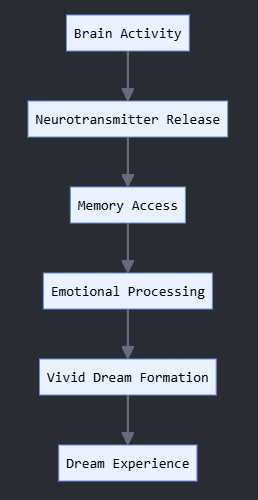
Key Factors in Dream Vividness
Several elements influence the intensity and clarity of our dreams:
- Sleep quality
- Emotional state
- Recent experiences
- Stress levels
- Memory consolidation processes
Personal Reflection and Growth
Through my experiences with vivid dreams, I’ve learned to view them as more than just nighttime entertainment. They’ve become valuable tools for:
- Processing grief and loss
- Understanding personal emotions
- Connecting with deeper aspects of consciousness
- Finding comfort in difficult times
- Exploring creative possibilities
The Future of Dream Research
As technology advances, scientists are developing new ways to study and understand vivid dreams. Researchers at MIT Media Lab are working on devices that can record and analyze dream patterns, potentially opening new windows into our understanding of consciousness and reality.
Emerging Technologies in Dream Research
- EEG-based dream recording
- AI-powered dream pattern analysis
- Virtual reality dream recreation
- Consciousness mapping tools
- Brain-computer interfaces
Embracing the Mystery
While science continues to unravel the mechanisms behind vivid dreams, their profound impact on our emotional and psychological well-being remains both mysterious and beautiful. Whether they’re gateways to other dimensions, tools for processing grief, or our brain’s way of creating comfort, vivid dreams remind us that consciousness is far more complex and wonderful than we might imagine.
Finding Peace in the Unknown
Perhaps the most valuable aspect of vivid dreams is not understanding their exact nature, but rather appreciating their role in our emotional and spiritual lives. They offer us chances to:
- Reconnect with loved ones
- Process complex emotions
- Experience different possibilities
- Find comfort in difficult times
- Explore the depths of our consciousness
“All that we see or seem is but a dream within a dream.” – Edgar Allan Poe
Have you experienced vivid dreams that felt more real than reality? Share your experiences in the comments below, and let’s explore this fascinating aspect of human consciousness together.










